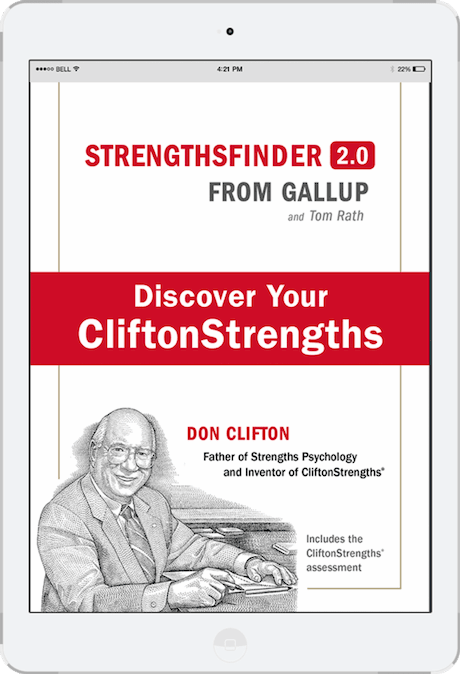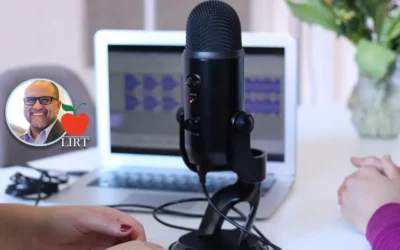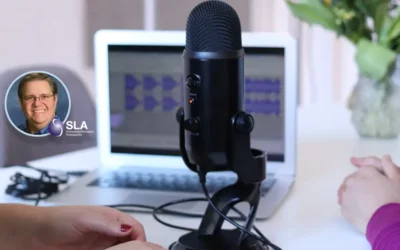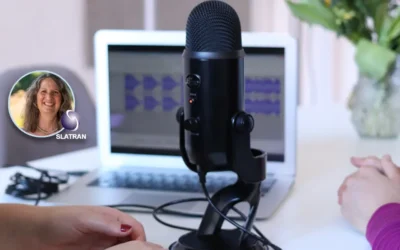TypeTalk: The Basics for Special Librarians

Stephen Abram
Understanding yourself is the best gift you can give yourself. From self-awareness emerges a better professional.
I’ve been on a large number of executive teams within global publishing companies, software developers, and associations. In the Big 500 firms, it’s standard to be asked to go for executive testing—sometimes as part of the hiring process.
In my experience there are two different types of tests.
- Non-evaluative
- Evaluative
Non-evaluative Tests
The most common non-evaluative test is the Myers-Briggs Type Indicator.
“The purpose of the Myers-Briggs Type Indicator® (MBTI®) personality inventory is to make the theory of psychological types described by C. G. Jung understandable and useful in people’s lives. The essence of the theory is that much seemingly random variation in the behavior is actually quite orderly and consistent, being due to basic differences in the ways individuals prefer to use their perception and judgment.”
I find this tool useful as a discussion topic among teams that are forming. I’ve used it or experienced it in nearly every workplace I’ve been in. I’m sure many of you have too. For the record I am ENFP. That makes me a rarity in workplaces dominated by the ISTJ quadrant – publishing, librarianship, systems pros . . .). I’ve learned to moderate my behaviours to respect the strengths and contributions of others. (Some of you may be laughing now if you know me).
The MBTI website highlights the factors well:
- “Favorite world: Do you prefer to focus on the outer world or on your own inner world? This is called Extraversion (E) or Introversion (I).
- Information: Do you prefer to focus on the basic information you take in or do you prefer to interpret and add meaning? This is called Sensing (S) or Intuition (N).
- Decisions: When making decisions, do you prefer to first look at logic and consistency or first look at the people and special circumstances? This is called Thinking (T) or Feeling (F).
- Structure: In dealing with the outside world, do you prefer to get things decided or do you prefer to stay open to new information and options? This is called Judging (J) or Perceiving (P).
- Your Personality Type: When you decide on your preference in each category, you have your own personality type, which can be expressed as a code with four letters.”
The benefit of this ‘test’ is that it makes no judgment on the rightness or wrongness of any personality factor. Indeed, there isn’t any right or wrong. Therefore, in my mind, related to team building—one of the important skills for special librarians—it serves as a great starting point to understanding yourself and your teams/workplace. (It’s easy to take the test and learn more with a simple Google search).
Another non-evaluative test that can be used to spark discussions and understanding in teams is the True Colors Test. There are several versions of this test (I came out Green – The Helper Personality).
Each of these tests are non-evaluative and—in the right hands—can make a major difference in the formation and performance of a team.
Evaluative Tests
These tests aren’t non-evaluative, and tell your employer things that you may or may not want them to know – and even may be unaware of yourself. In some employers I’ve been with, it is a requirement. Since these tests not only calculate your personality traits but also presume to predict future behaviours, they can be controversial.
I’ve been sent to an industrial psychologist (more than once!) by my employer for 1-3 days of formal testing. I learned a lot and came out OK. On the other hand, your results are shared with your team (in my case the whole executive team). And I had access to their results. Luckily, they found no evidence of psychological damage or mental health issues. However, that’s always a risk. Generally, these tests should only be administered by licensed and training professionals. Ethically they should (must) be shared with the test taker. One example of a widely used evaluative test is the Predictive Index.
“The Predictive Index is a behavioral assessment designed to be an effective, simple and easy measurement of current and future employee work skills. Companies across the world have adopted The Predictive Index, with over 18 million workers taking the behavioral survey. The PI is backed by research, studies and psychologists. The free-choice, stimulus response measurement was created by sampling of thousands of people. To complete its credibility, it is built to the standards of the American Psychological Association (APA), International Test Commission (ITC), and the Society for Industrial and Organizational Psychologists (SIOP).”
I’ve enjoyed the insights these tests gave me into my personality. I would recommend them to anyone. Many YM/YWCAs offer these services at a more affordable rate and without the pre-condition of sharing it with employers. If a counselling aspect was included—like I had—it can be transformative.
My Favourite Test
I’ve always hated that the goal of so many performance reviews and development plans is to fix our ‘weaknesses’. That sucks. And that’s why I love Gallup’s StrengthsFinder 2.0.

CliftonStrengths assessment is the one that identifies a person’s unique sequence of 34 themes of talent and shows people how to succeed by developing them into CliftonStrengths.
I am a believer in building on strengths—for myself and for my teams. Lord knows that’s why we have teams anyway. For myself I have a number of strengths that make me a valuable asset to employers and my clients. Gallup’s StrengthsFinder 2.0 provides a simple tool and report that gives you the insights you need into what your strengths are and how they fit into your profile. You can even decide to invest less in your greatest strength and work on a few secondary strengths. One example—I’m not happy working with numbers. Every development plan I had tried to make me better at numbers—which killed my soul. Finally, after this test, I asked, “Does this company not have enough accountants?” (It had hundreds!) “How many people do you have like me and the value I deliver? Let’s build on that!” and from that day forward we developed a plan that built on my strengths and my unique contributions.
So, my advice in this post:
- Understand yourself.
- Build on your strengths.
- Live your best life.
–Stephen

Stephen Abram
Similar Posts
Interview with Victor Baeza about ALA’s Library Instruction Round Table
Interview with Victor Baeza, President of LIRT, about how it benefits from and supports special librarians whose roles involve teaching or training.
Interview with Eugene Giudice, SLA Treasurer
Interview with SLA’s Treasurer about the future of the special library profession and how the Special Libraries Association can benefit librarians
Interview with Cara Marcus on Transportation Librarianship and SLA
Interview with Cara Marcus, the president of the Special Libraries Association (SLA) transportation community about transportation libraries and SLA
Interview with Christian Nappo on the National Librarians of Medicine
Interview with the author of a reference-ready book on the twenty-seven men and women who headed the National Library of Medicine.
Hosting service
Enjoy all of the benefits of your Lucidea solution with secure, reliable, stress free hosting
Programs & incentives
No matter your size or budget, we’ve got you covered, today and tomorrow




Leave a Comment
Comments are reviewed and must adhere to our comments policy.
0 Comments